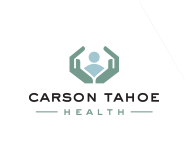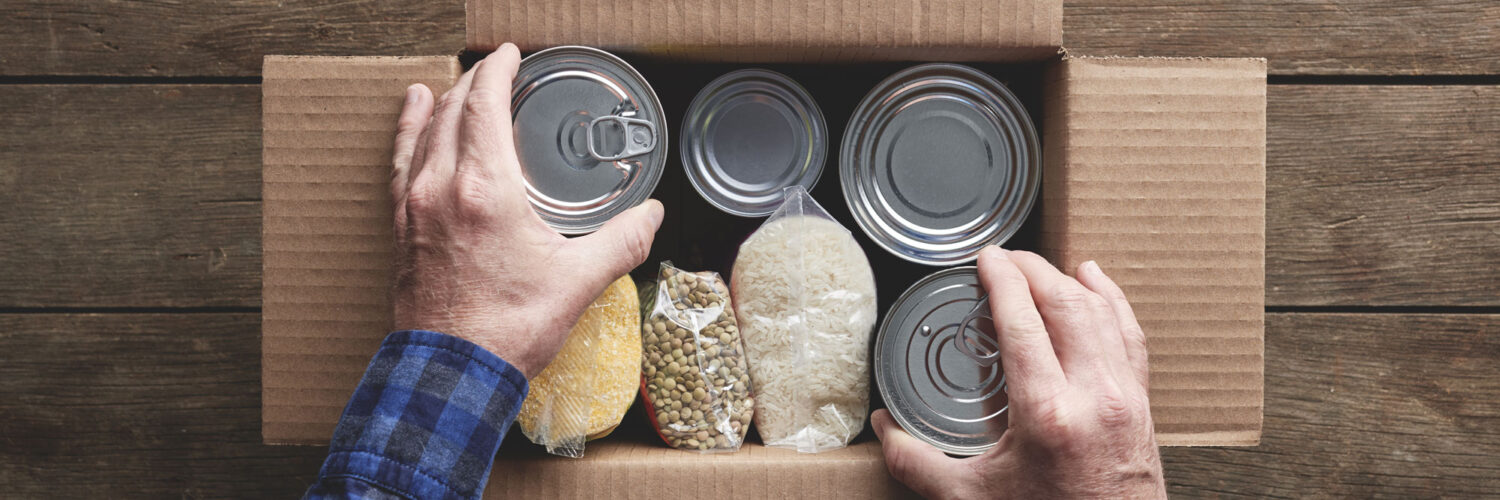The news of sheltering in place during the COVID-19 pandemic sent many people scrambling to secure essentials to stay home for a sustained period of time. How do you prepare for an emergency, whether it’s a pandemic or a natural disaster, without hoarding?
The answer is strategic preparation—gathering the things you really need in case of unforeseeable situations and storing them in an organized, compact, and easily accessible way. The U.S. Department of Homeland Security and the American Red Cross recommend putting together an emergency preparedness kit that serves the unique needs of your family and helps you get through at least a 72- hour period. Preparing ahead of time will ensure you’re able to get what you need without hoarding, while leaving plenty for your neighbor.
How to Store Emergency Supplies
Your first hurdle to building an emergency kit may be where to keep it. Free up some space in a cool, dry place—think closet, garage, attic, or water-tight basement floors and shelves. Be sure to periodically update your emergency kits as kids age, or your situation changes. Consider using one or more of the following items to hold emergency supplies:
- Backpack for each family member—Backpacks can be prepped with personal items, such as a change of clothes, toiletries, and/or items to entertain you and children.
- Cooler—A large cooler can serve double duty in an emergency preparedness kit, providing a storage bin before an emergency. It’s the place to keep cold foods or refrigerated medications like insulin in case of a power outage. If possible, keep a spare bag of ice in your freezer in case you need to use the cooler for cold storage.
- Plastic totes—For smaller spaces, stash emergency supplies in plastic totes. If you have limited space, you can store low-profile totes under beds.
- Storage cabinet—If you have the room for it, stow your emergency kit supplies in a dedicated storage cabinet.
First-Aid Items
Prescription drugs, first-aid supplies, age-appropriate over-the-counter medication, and toiletries can be essential to staying healthy during an emergency. Keep these items on hand:
- Prescription medications—Try to keep at least a week’s worth of your medication. Ask your healthcare provider about this at your next appointment.
- Antacids
- Anti-diarrhea medication
- Diapers, wipes, and diaper rash cream, if needed
- Disinfectant wipes
- First-aid kit
- Hand sanitizer
- Laxatives
- Moist towelettes
- Pain relievers
- Saline solution for contact lens wearers
- Soap
- Toothbrushes and toothpaste
Food
When it comes to provisions, you’ll need items with a long shelf life. Store boxed items in tightly sealed plastic or metal containers. Learn what expiration dates mean and replace food when expired or as your family’s needs change.
- Have, at minimum, a three-day supply of nonperishable foods, such as dried fruit, nuts, granola, and canned goods, for each member of your household.
- Keep baby food and formula, if you have a toddler or infant.
- Make sure you have pet food, if applicable.
Water
In case water service is disrupted, store at least a three-day supply of water for your family—one gallon per day for each person in your household—to keep hydrated and wash away dirt and germs from your hands and body.
- Five-gallon bottles of water, readily available in most grocery stores, are a convenient way to store a lot of water for multiple people.
- Refillable water bottles or a case of single-serving bottled water can supplement multigallon bottles of water. A plastic pitcher may also come in handy if using refillable bottles.
Supplies
These essentials can help keep you oriented, informed, and protected from health threats if you lose power or are exposed to airborne pathogens or germs.
- Batteries
- Battery-powered or hand-crank radio and a NOAA weather radio with tone alert
- Blanket or sleeping bag for each person
- Bleach
- Cell phone, along with a wireless charger
- Change of clothes and shoes for each person
- Cloth face covering for each person over age 2
- Dust mask for each person
- Extra set of prescription eyewear
- Fire extinguisher
- Flashlights
- Manual can opener to open canned food
- Maps of the local area
- Matches
- Note pad and pencil
- Paper plates, cups, and utensils
- Plastic sheeting and duct tape for fashioning a shelter
- Plastic trash bags, wet wipes, and twist ties
- Pliers to turn off water main
- Puzzles, games, books, etc.— nonelectronic activities to help pass the time
- Rain gear
- Scissors
- Whistle to call for help if you need assistance
- Work gloves
Information and a Plan
The Department of Homeland Security cautions that families aren’t always together when emergencies arise. In those instances, it is important for every family member to know how to reunite, what to do, and where emergency preparedness supplies are kept.
It is also key to know how to reach emergency contacts and medical providers, and to be able to provide a personal medical history in the event you need medical care. Make sure everyone in your household has access to these items:
- Cash
- Insurance policies, financial records, and identification stored in a waterproof container
- Medical alert information
- Physician and emergency contact phone numbers
- Plan for evacuating the area that everyone in the family memorizes
No matter how prepared you are, sometimes illnesses and injuries happen that you can’t handle at home. Learn more about urgent and emergent care at Carson Tahoe Health.







